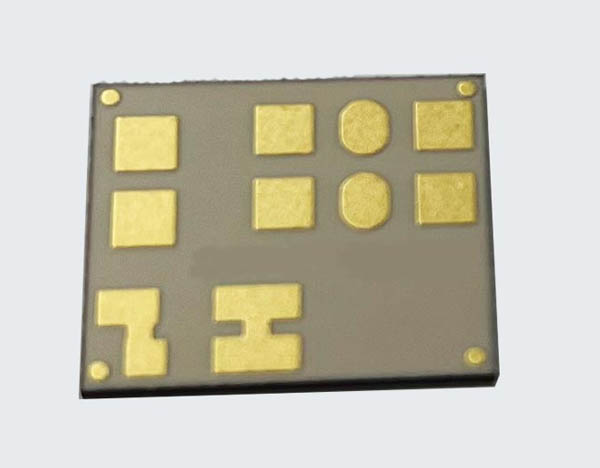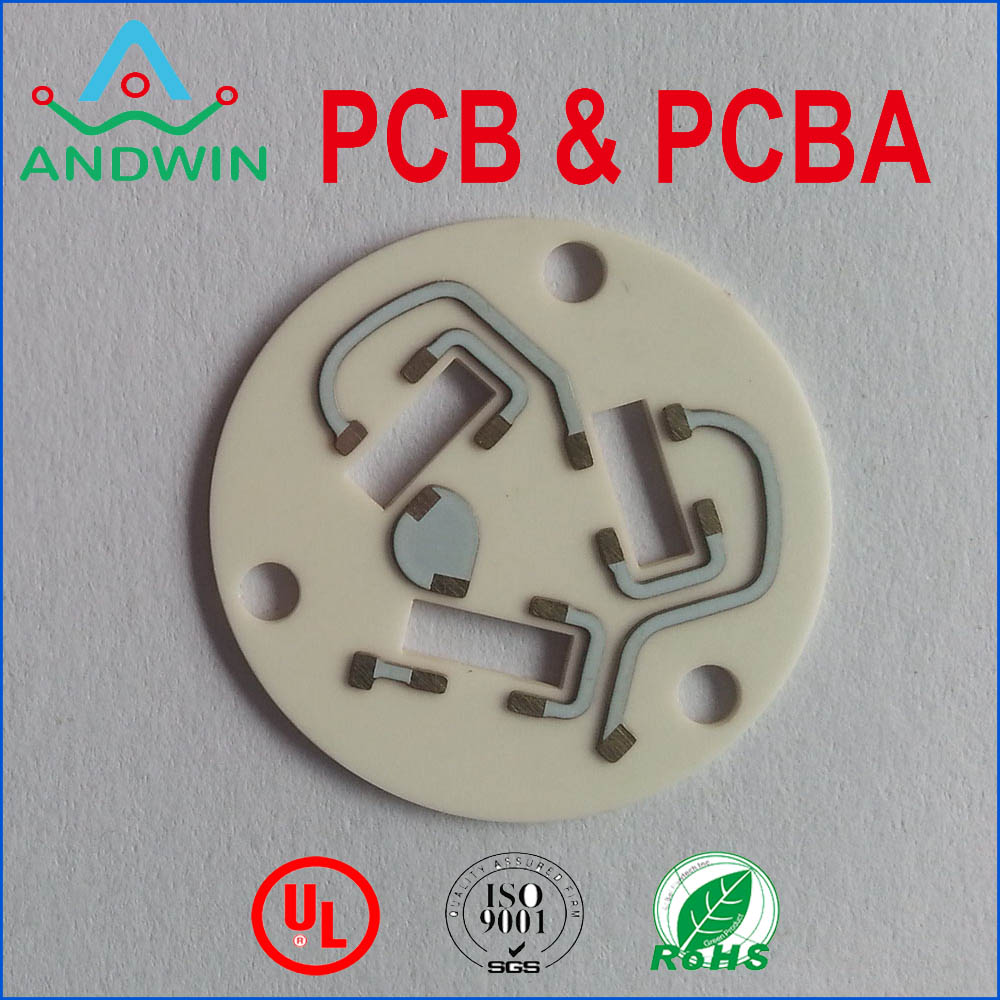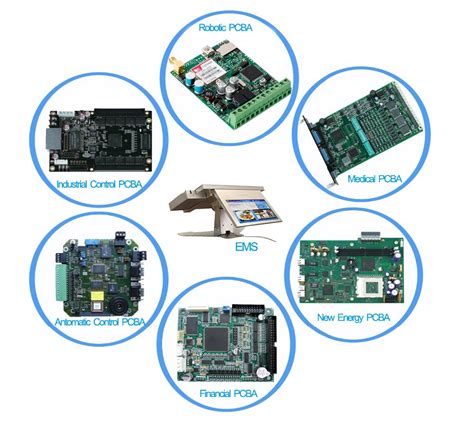PTC heater high temperature ceramic material
We are writing to you today to discuss the topic of ceramic PCB temperature.
As you may know, ceramic PCBs are a popular choice for many electronic
applications due to their high thermal conductivity and excellent electrical
properties. However, it is important to understand the impact that temperature
can have on these boards in order to ensure optimal performance and longevity.
First and foremost, it is important to note that ceramic PCBs have a relatively low
coefficient of thermal expansion (CTE) compared to other materials such as FR4
or polyimide. This means that they are less likely to expand or contract significantly
with changes in temperature. However, this does not mean that they are immune
to temperature-related issues.

One of the most common concerns with ceramic PCBs is thermal stress. This
occurs when there is a significant difference in temperature between different
parts of the board, causing it to warp or crack. This can be particularly problematic in
applications where the board is exposed to rapid or extreme temperature changes,
such as in automotive or aerospace applications.
To mitigate the risk of thermal stress, it is important to carefully consider the design
and layout of the board. This may involve adding additional layers or using thicker
copper traces to improve thermal conductivity, or incorporating thermal vias to help
dissipate heat more effectively. Additionally, it may be necessary to use specialized
materials or coatings to protect the board from extreme temperatures or thermal shock.
![]H)~~(%WW3QW]T7K]`_L]Q0](https://www.andwinpcb.com/wp-content/uploads/2023/06/HWW3QWT7K_LQ0.png)
Another important consideration when it comes to ceramic PCB temperature
is the impact it can have on the electrical properties of the board. As temperature
increases, the resistance of the board may change, which can affect the performance of
the circuit. This is particularly important in high-precision applications where even small
changes in resistance can have a significant impact on the overall performance of the system.

To address this issue, it is important to carefully select materials and components
that are designed to operate within a specific temperature range. Additionally, it
may be necessary to incorporate temperature compensation or calibration mechanisms
to ensure that the board continues to operate within acceptable parameters even
as temperature fluctuates.
In conclusion, ceramic PCB temperature is an important consideration for anyone
working with these types of boards. By carefully considering the design, layout,
and materials used, it is possible to mitigate the risk of thermal stress and ensure
optimal performance even in challenging environments. If you have any further
questions or concerns about ceramic PCBs and temperature, please do not
hesitate to contact us for further assistance.






